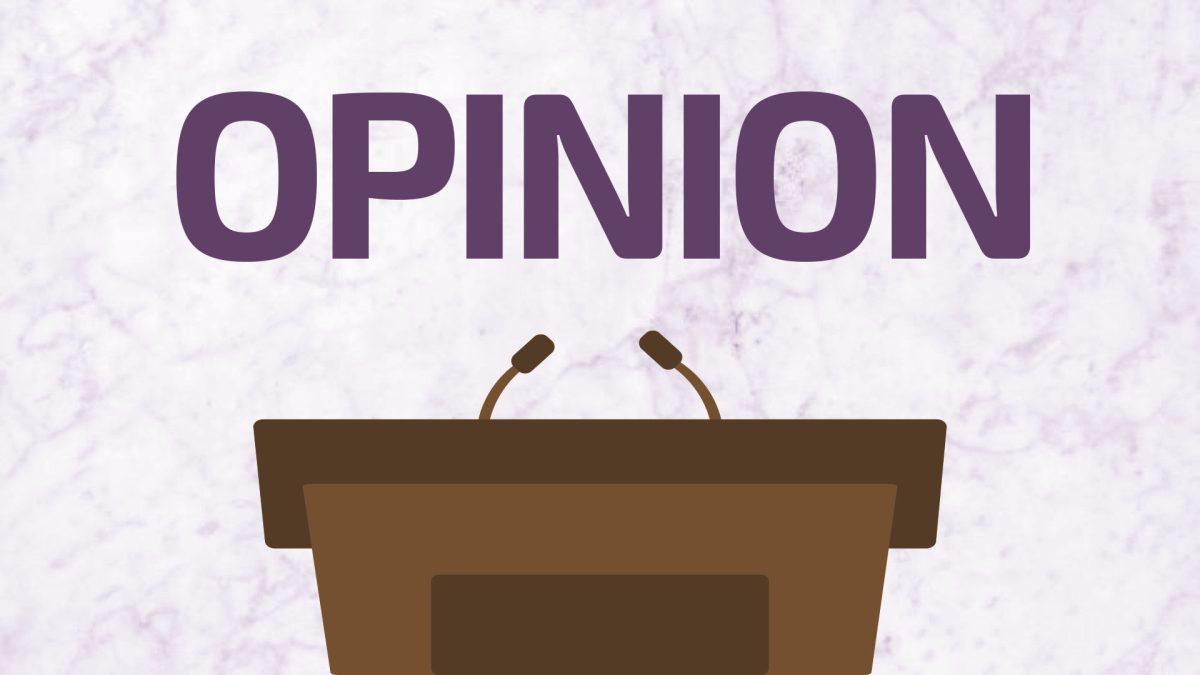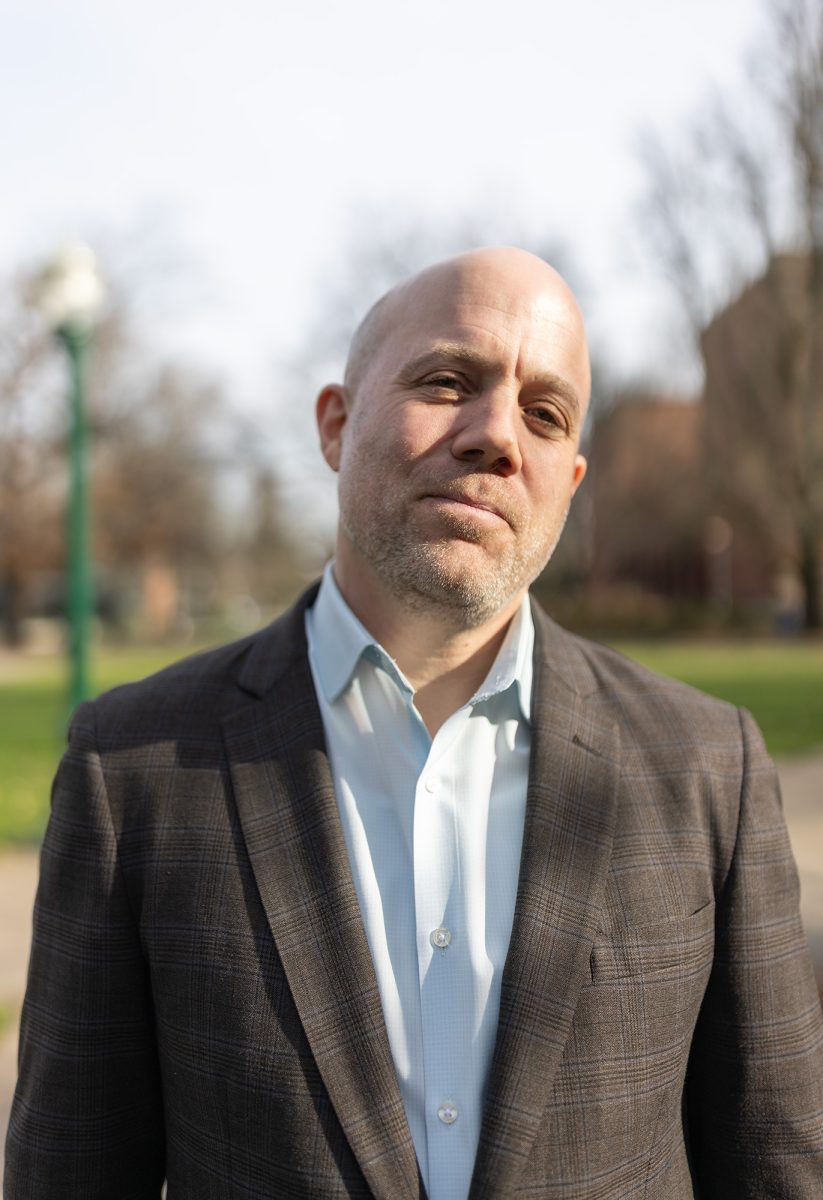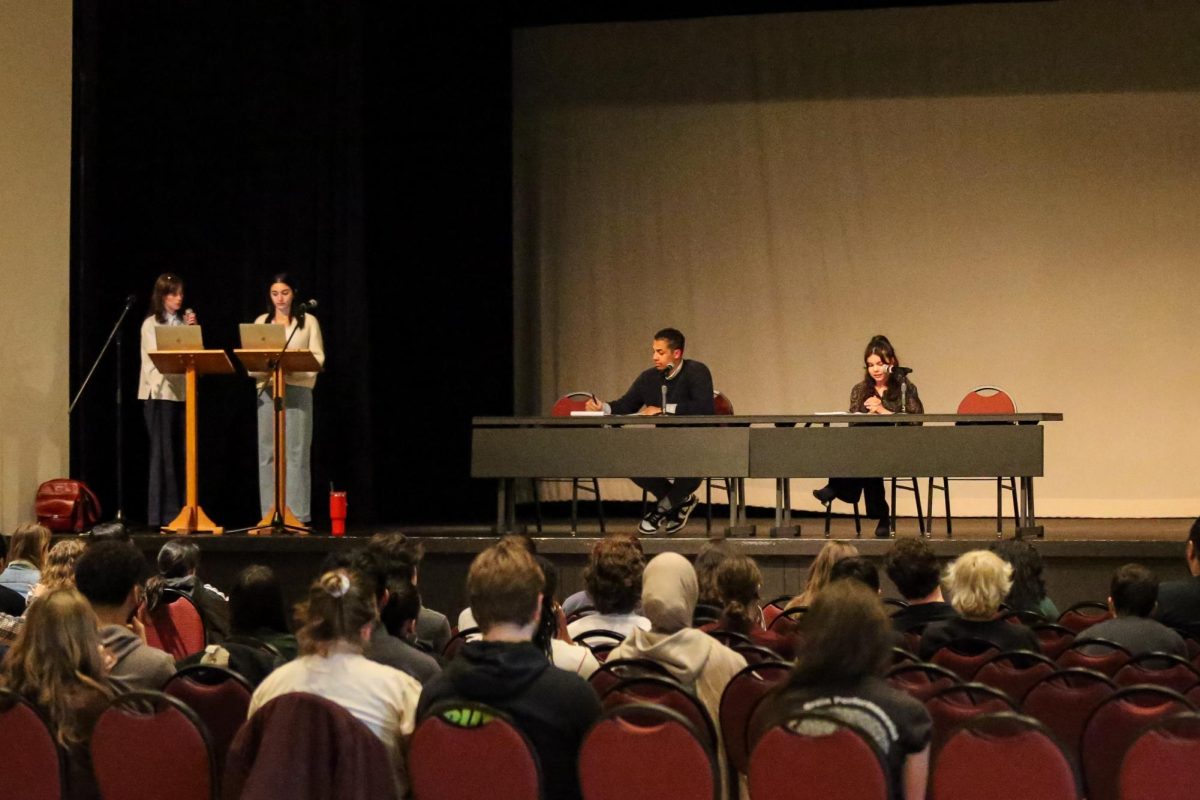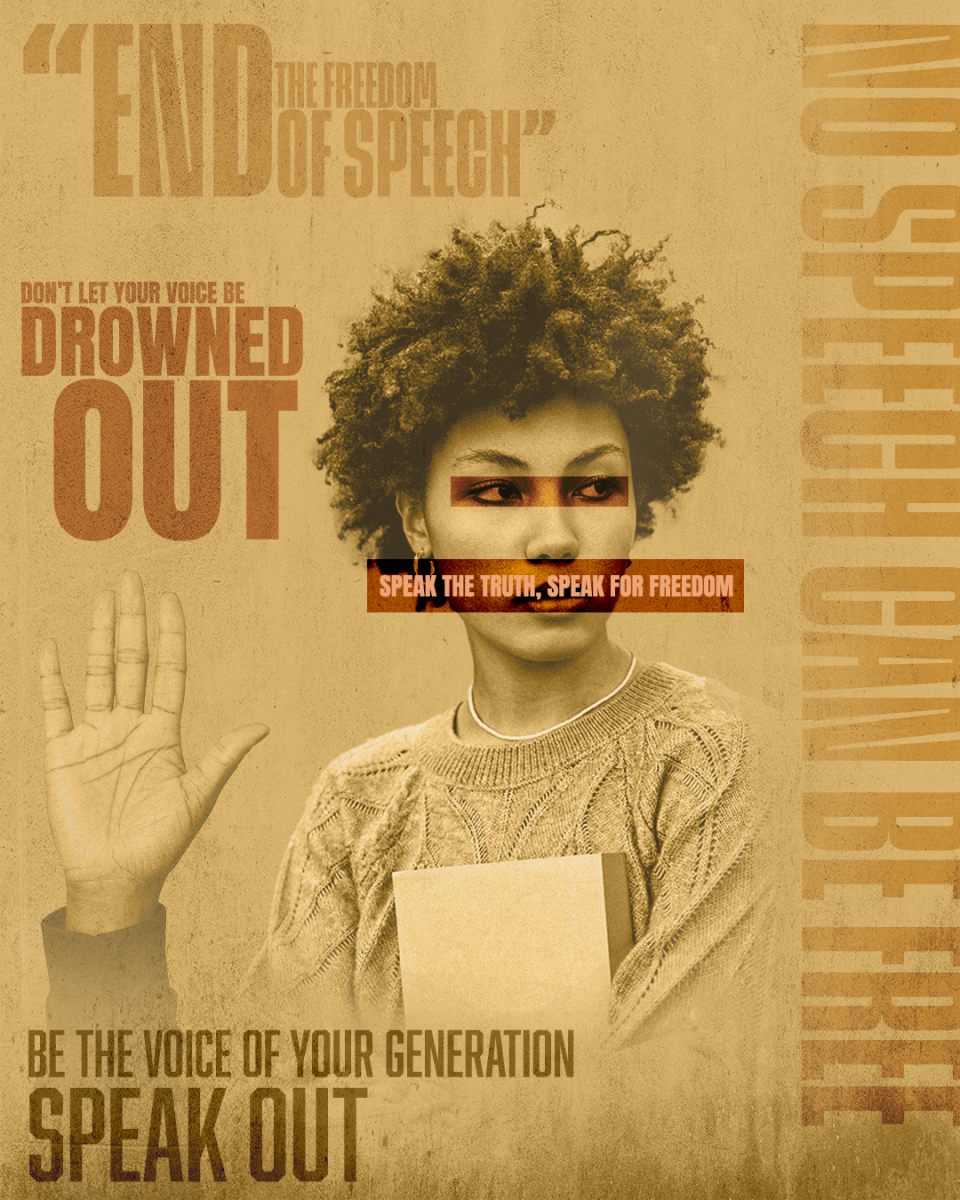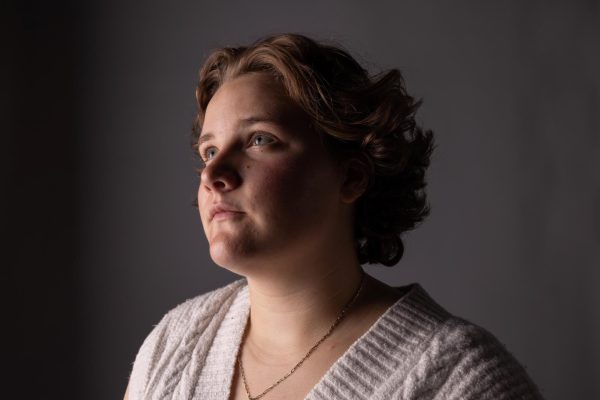Opinion: Romance languages depend on gender for nearly everything. This puts the nonbinary population in a revolutionary position to fight for inclusivity, but governments are turning their heads to it.
———-
The basis of Romance languages revolves around gender. Nouns, adjectives and articles are either masculine or feminine, or interchanged between masculine and feminine. The binary system within this language family isn’t necessarily related to sex or human gender, but nonetheless implies the importance of binary gender and undermines the nonbinary community in Romance language-speaking countries.
What are the languages under the Romance language umbrella? Spanish, French, Italian and Portuguese are the most commonly spoken Romance languages. There are regional dialects, such as Catalan, a form of Spanish spoken in the Catalonia region of Spain, as well, but all require gender for their grammatical structure. Most Romance languages are spoken primarily in Europe but have made their way to Africa and the Americas through colonialism by the Spanish and French in the 16th and 19th centuries. The commonalities between each language are its origins in the Roman Empire (hence the “Roman” in Romance), its sharing of basic vocabulary and grammatical need for gender.
A language like English can easily use the pronoun “they” and has virtually genderless nouns, adjectives and articles given the structure of West-Germanic languages. Though using the pronoun “they” is grammatically incorrect, it still works within the realm of using words already spelled out for English speakers in the dictionary. For instance, if I were to ask for the email of a professor I didn’t know, I would naturally ask, “what is their email address?” Then, using the singular pronoun “they” in the context of saying “they are a responsible student” feels more natural because I have already used this pronoun before, and in quite similar cases. The only difference between the responsible student and the professor is I am respecting the students’ nonbinary identity, and must consciously use “they/them/theirs” pronouns to refer to them.
Now back to Romance languages. There have been recent movements to make a gender-neutral pronoun in many Romance language-speaking countries. In Argentina, a country whose official language is Spanish, there have been pushes for a gender-neutral language by teachers and students alike. Instead of using gendered letters such as “o” — masculine — or “a” — feminine — young Argentinians and their professors have replaced these gendered letters with gender-neutral letters or symbols such as “e,” “x” or “@.” Muchachos — which means young men — turns into muchaches —young people. Todos — all — becomes tod@s.
In French, the masculine pronoun “le” often dominates the feminine pronoun “la.” For instance, if a group of 99 women and one man were to be talked about, the plural form of this group would change to the masculine form instead of feminine, despite the clear majority of women in the group. The French language has had its linguistic revolutions over the years, mainly by feminists who wanted the grammatical favoritism of men to cease, but now the revolution against gender has come to the forefront of young French society and is taking the form of gender-neutral and inclusive writing.
“For me personally, since I don’t care which pronouns I have, [French’s gender-less exclusivity] doesn’t really affect me,” Amara Chubbic, a sophomore student in their second term of first-year French, said. “It does seem like it can be [a struggle] for the nonbinary, that they have to pick one gender.”
Auriéle Bertin, a French instructor at UO from Montélimar, a town in southeastern France, has been teaching inclusive writing for about three years now.
“In my classes, I [teach] the pronoun ‘iel.’” Bertin said. “As a whole, there are masculine agreements over everything. [However], there are many different ways now in the French language to be more inclusive, even with the feminine and nonbinary pronouns with different agreements.”
“Iel” is a combination of both masculine and feminine pronouns in French. Quite literally, the new pronoun brings the masculine pronoun “il” and the feminine pronoun “elle” together to even sound like both genders. Pronounced like “yell,” “iel” has taken the academic world by storm in France and universities worldwide.
“It’s exciting. I present these teachings to my students and they can choose and see what works for them,” Bertin said. “French teaching is changing. At the university level, I’ve seen emails and talked with friends, and it’s [been] inclusive. ”
Inclusive writing, another facet of recent pushes for change within the French language, seeks to combine genders much like “iel” does. Instead of focusing on the pronoun, inclusive writing focuses on neutralizing the gender of nouns altogether. This is completed through using an interpoint (a bullet point, if you will) between a masculine noun’s form and the feminine suffix. For example, “un professeur” — the masculine form of a professor — turns into “un∙e professeur∙e” in inclusive writing. This way, there is no exact gender for this professor, and clarifications are not needed.
Even though gender-neutral pronouns and inclusive writing are becoming commonplace within institutions that welcome changes in language, such as universities, not all language institutions are welcoming recent protests and teachings for change. The Academie Française, the French council whose purpose is to preserve and promote the French language, has publicly spoken against the push for gender-neutral pronouns and inclusive writing.
“This recent change is not set or written within the Academie Française, but it didn’t prevent it from being common in everyday language,” Bertin said.
Rhone Geha, a French instructor at UO, believes that the Academie Française might view the changing of grammatical genders in French as too big of a change to make.
“In fact, a famous French dictionary, Le Petit Robert, actually added ‘iel’ to their dictionary. It was disturbing to see the reaction from high-ranking French public officials,” Geha said. “Emmanuel Macron’s, the president of France, wife had a whole tirade on the news [regarding] how she believed that ‘iel’ was too confusing for everybody and isn’t something crucial or needed.”
Romance languages as a whole have to overcome many hoops to become gender-neutral. Since their grammatical structure relies on nouns that have a gender assigned to them through articles (el, la, le, o, a), it would require serious planning and change to fully implement official changes.
For now, as most revolutions do, the change for a more inclusive language has begun with the citizens of each Romance language-speaking country. Though their governments may be slow to change, it’s a government’s responsibility to aspire for social progress, not linguistic neutrality. Ultimately, the power of language can outweigh the power of the government.
“I don’t think it has to be the government [who recognizes nonbinary people]. As long as it’s incorporated into the language, and that it’s inclusive: awesome,” Chubbic said. “Language changes. That’s how it goes.”
Rhone Geha has been a French instructor at the University of Oregon since the Fall of 2021. Romance languages' emphasis on gender excludes non-binary individuals, but some countries are altering their vocabulary to include more gender-neutral articles and nouns. (Molly McPherson/Emerald)





